Simulating the test flight of a hypersonic glider, being developed through the international HEXAFLY-INT collaboration, involving partners across Europe, Russia, Australia, and Brazil and supported by the European Commission and ESA.
The aim of the project is to develop and fly a waverider-based vehicle above seven times the speed of sound, designed to surf on the shock waves generated by its own high-speed flight. HEXAFLY-INT’s Experimental Flight Test Vehicle (EFTV) will be launched by a Brazilian sounding rocket before being deployed for its test glide.
At 3.29 m (10.8 ft) long, and 1.24 m (4.1 ft) wide, the EFTV is slightly smaller than a compact car, with a flat nose tip and wings. A detailed study of its aerodynamic performance was recently performed by Italy’s Centro Italiano Ricerche Aerospaziali, funded through ESA’s Technology Development Element.
The HEXAFLY-INT project aims to flight test an experimental vehicle above Mach 7 to verify its potential for a high aerodynamic efficiency during a free-flight while guaranteeing a large internal volume. The feasibility for a 3 m (9.8 ft) long vehicle was demonstrated during the European L0 precursor project HEXAFLY. Its realization will now be enabled on an international scale underlining the need for global cooperation in case of a future deployment of a high-speed cruiser.

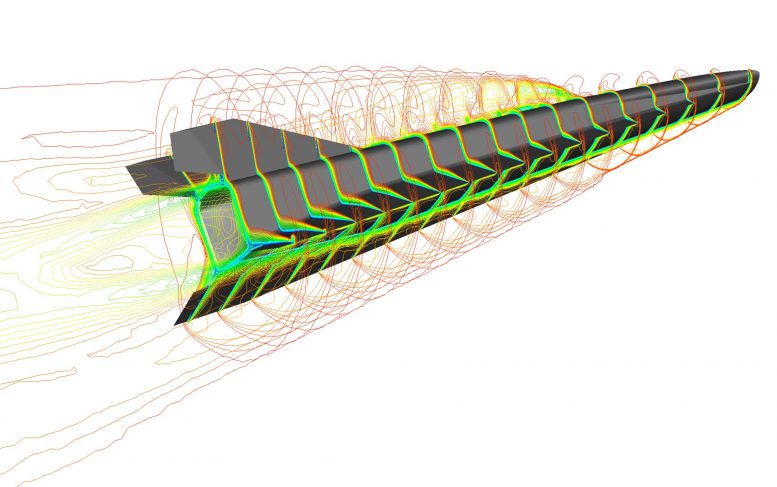
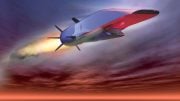

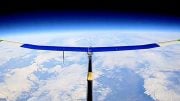
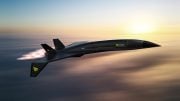


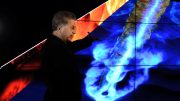

Be the first to comment on "Above Mach 7: Simulating the Test Flight of a Hypersonic Glider"